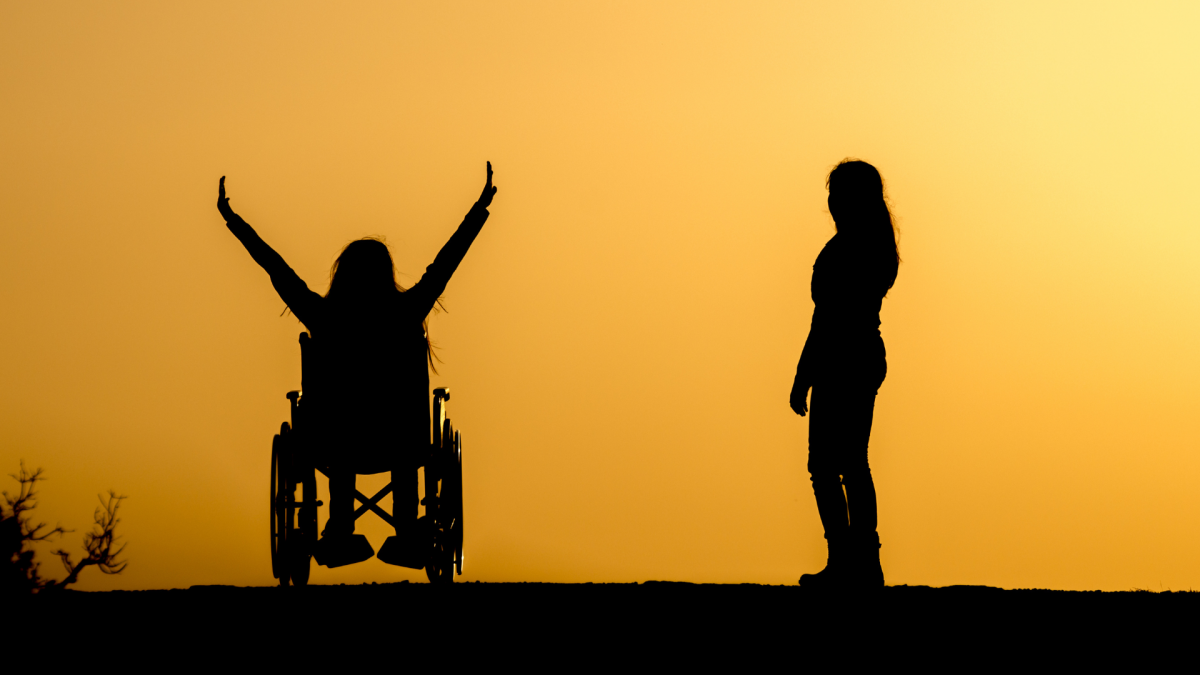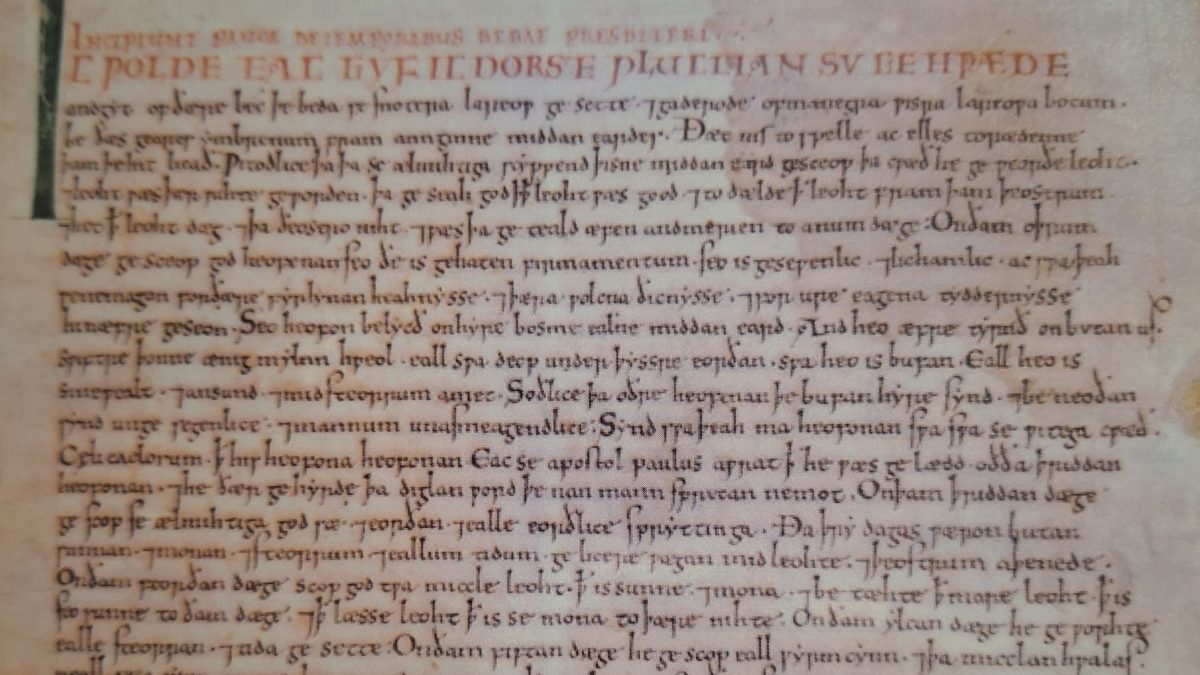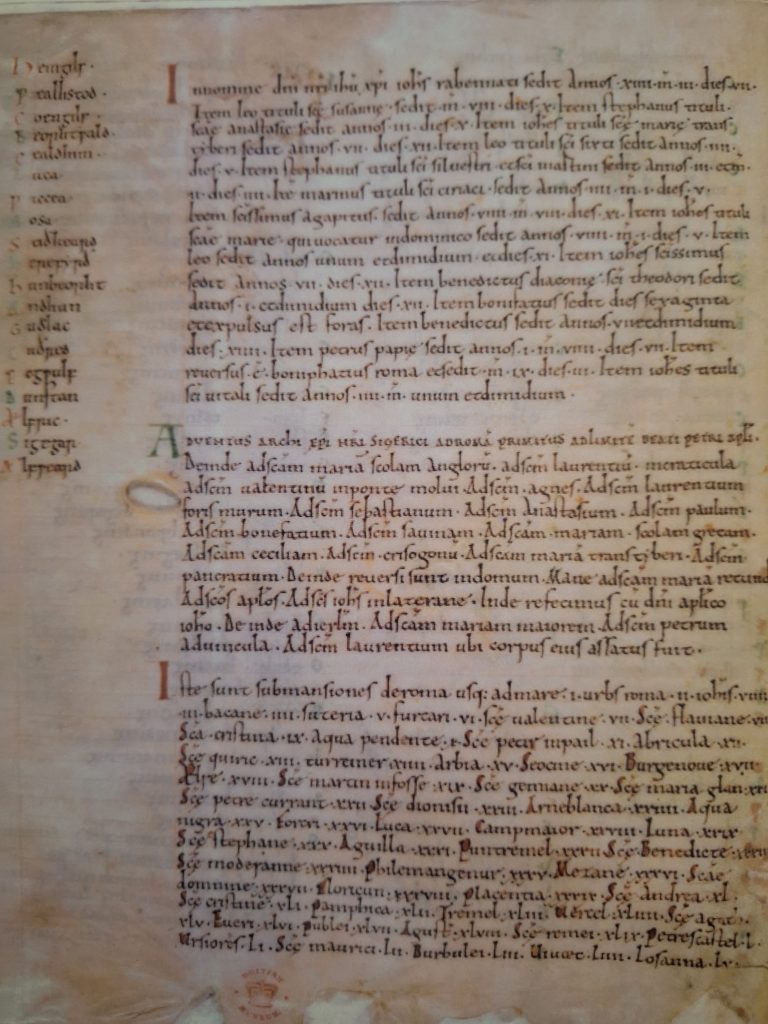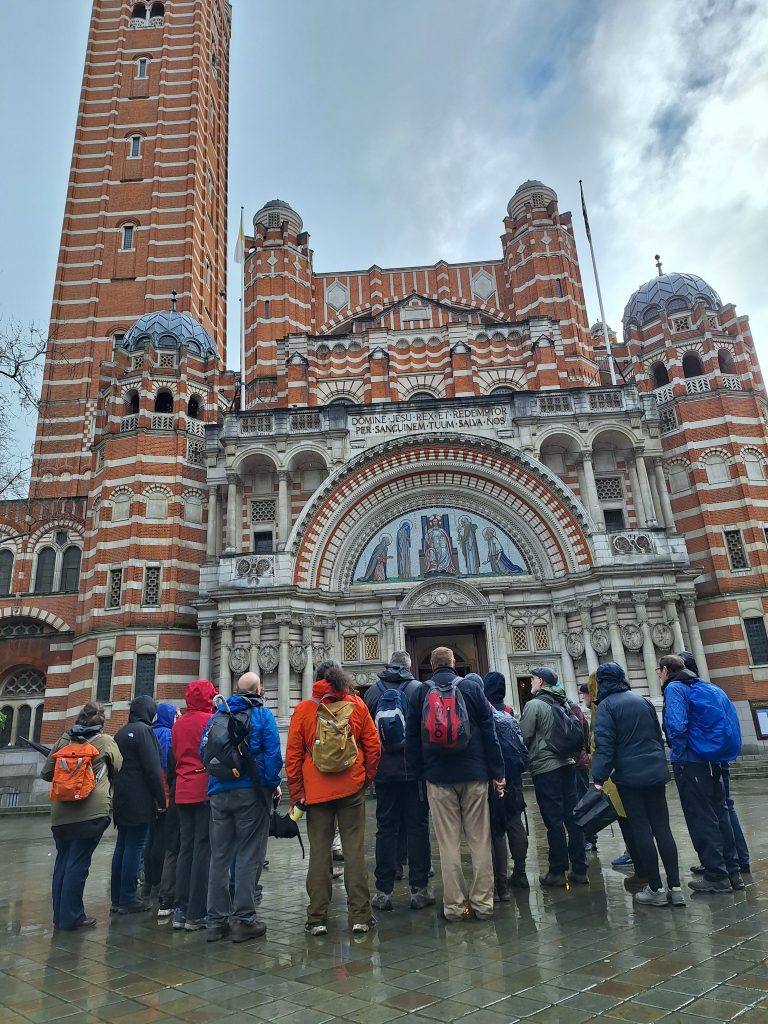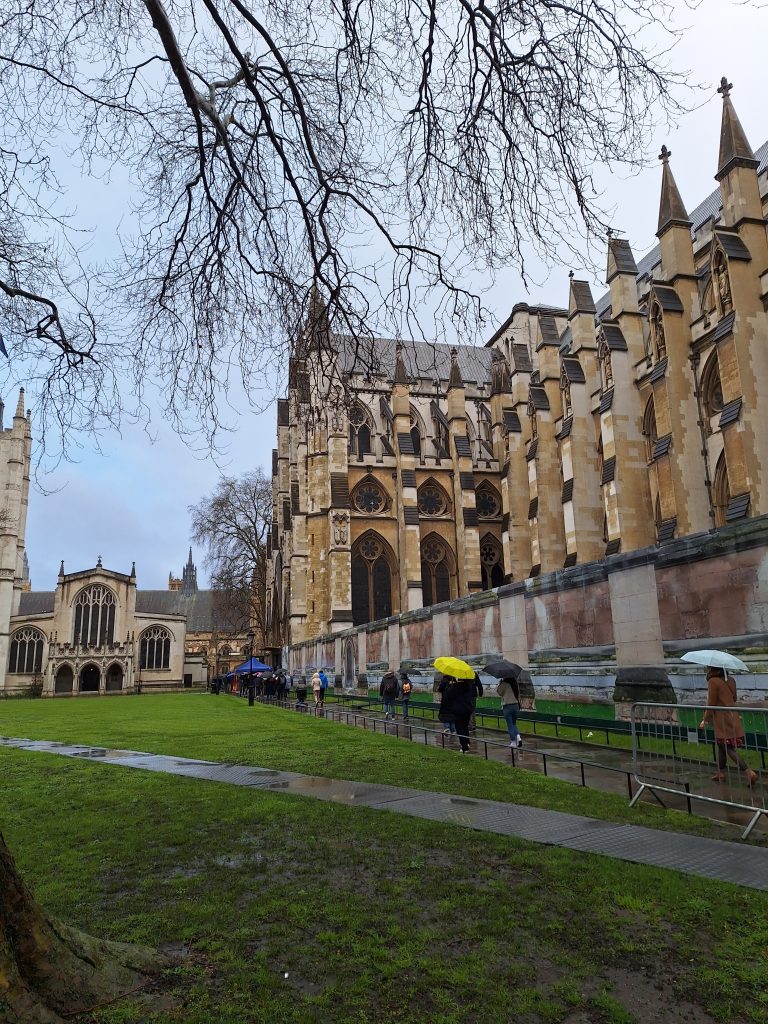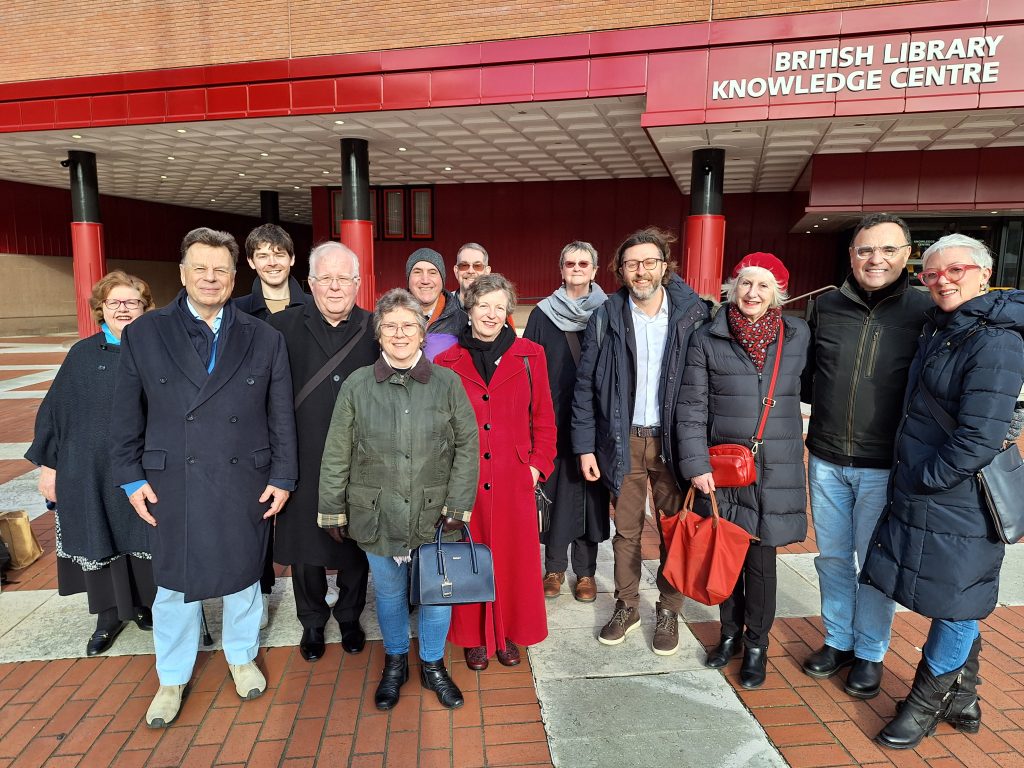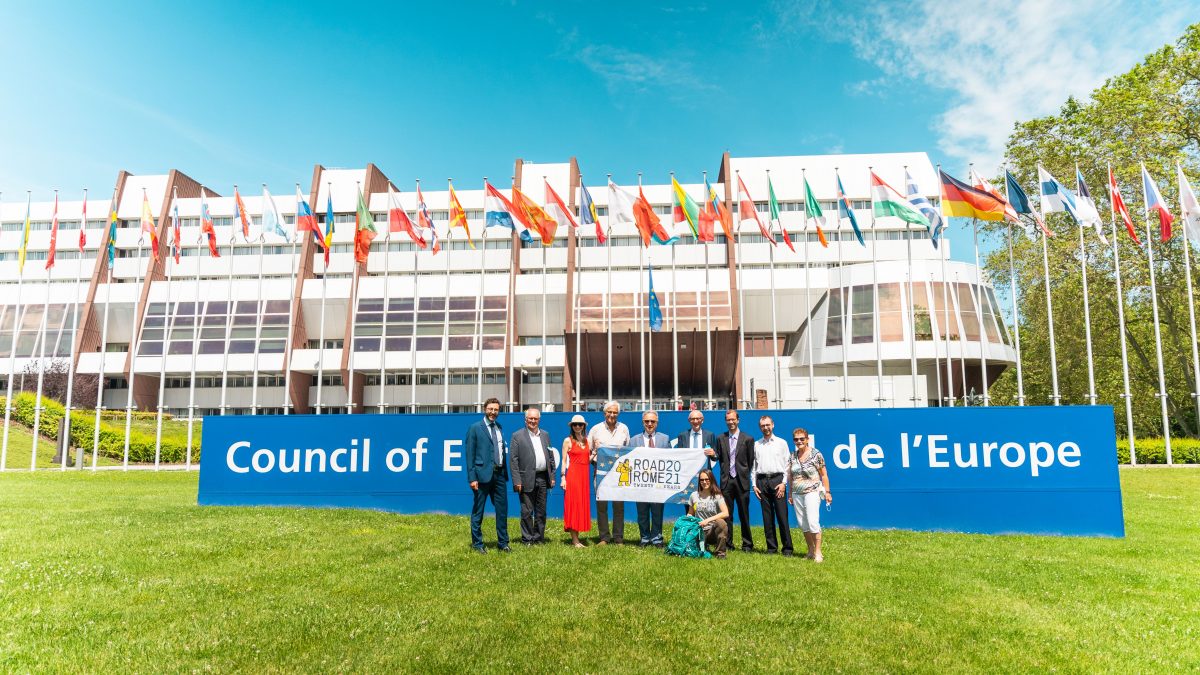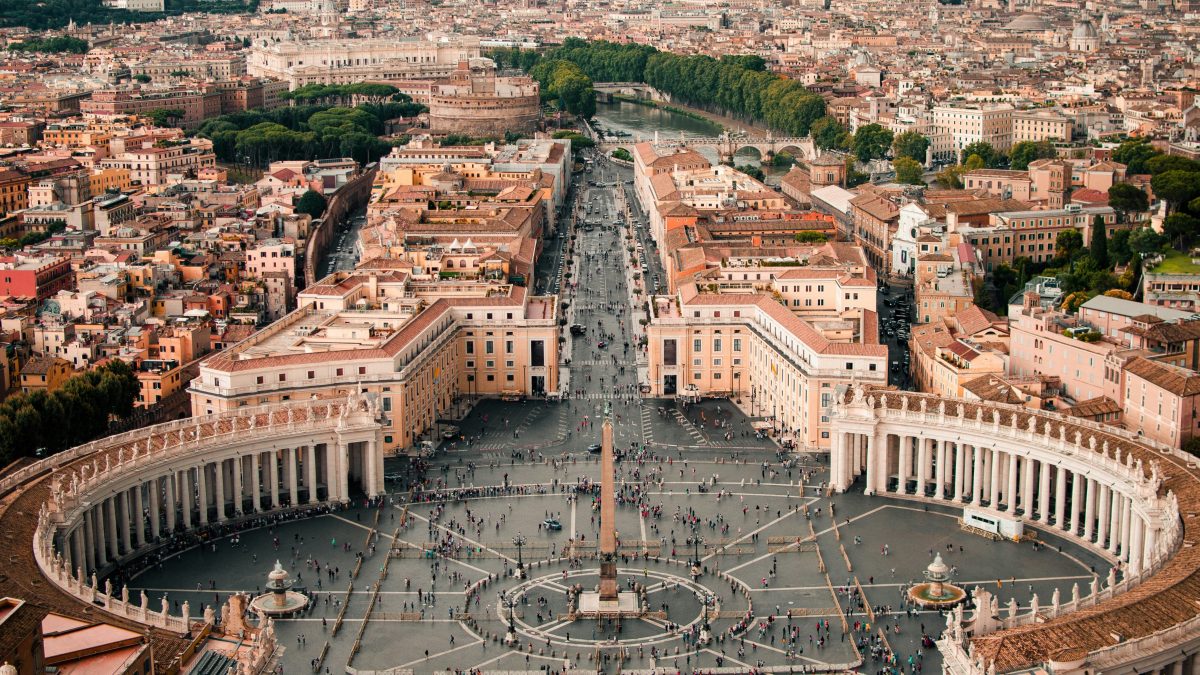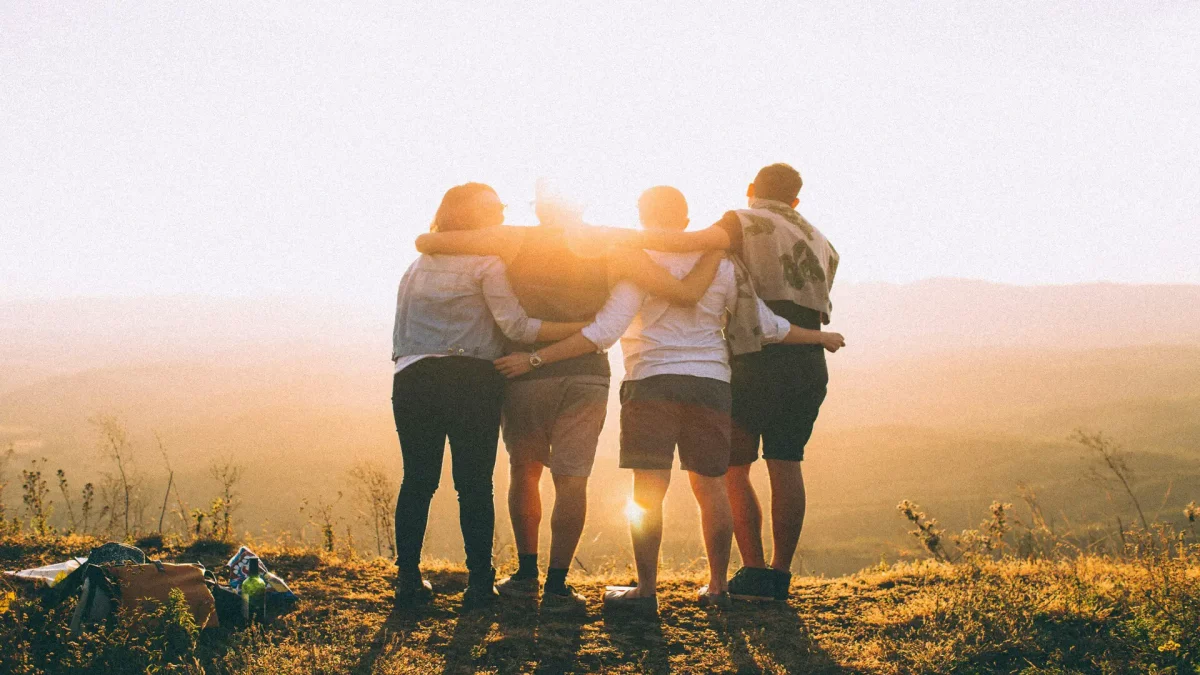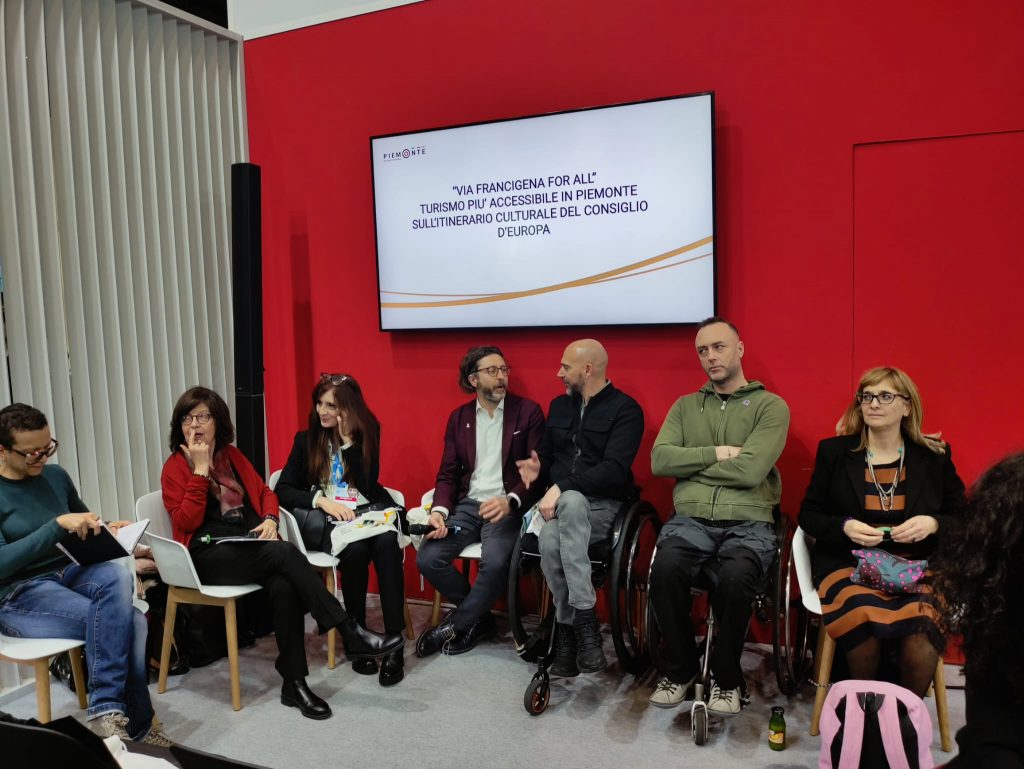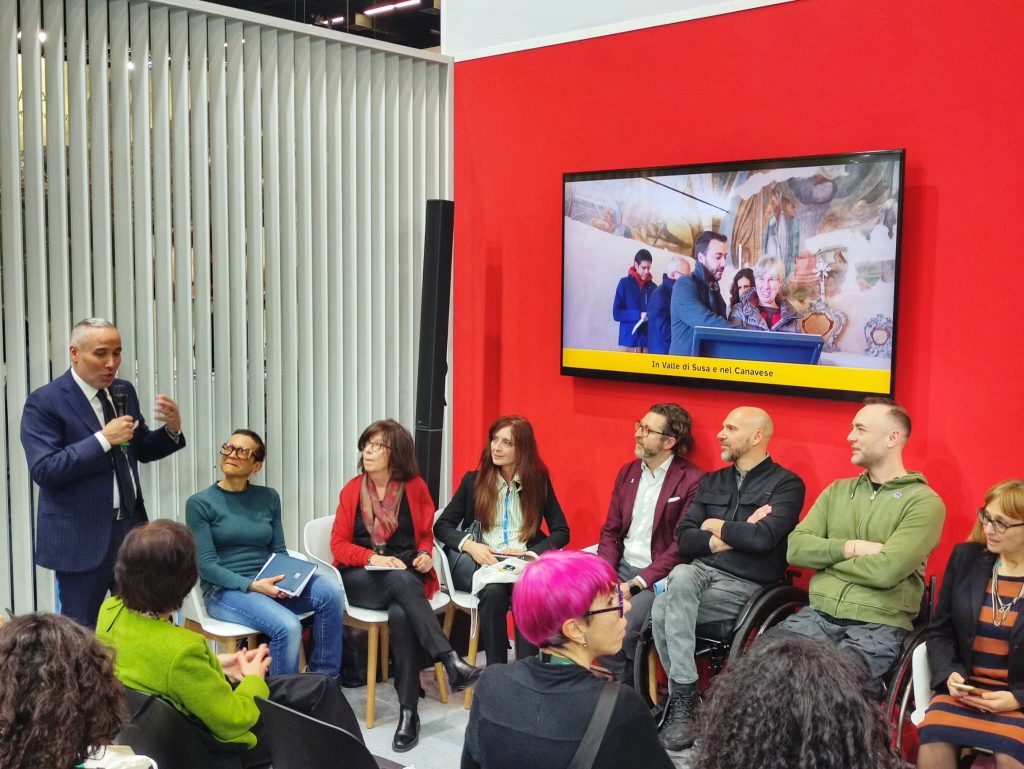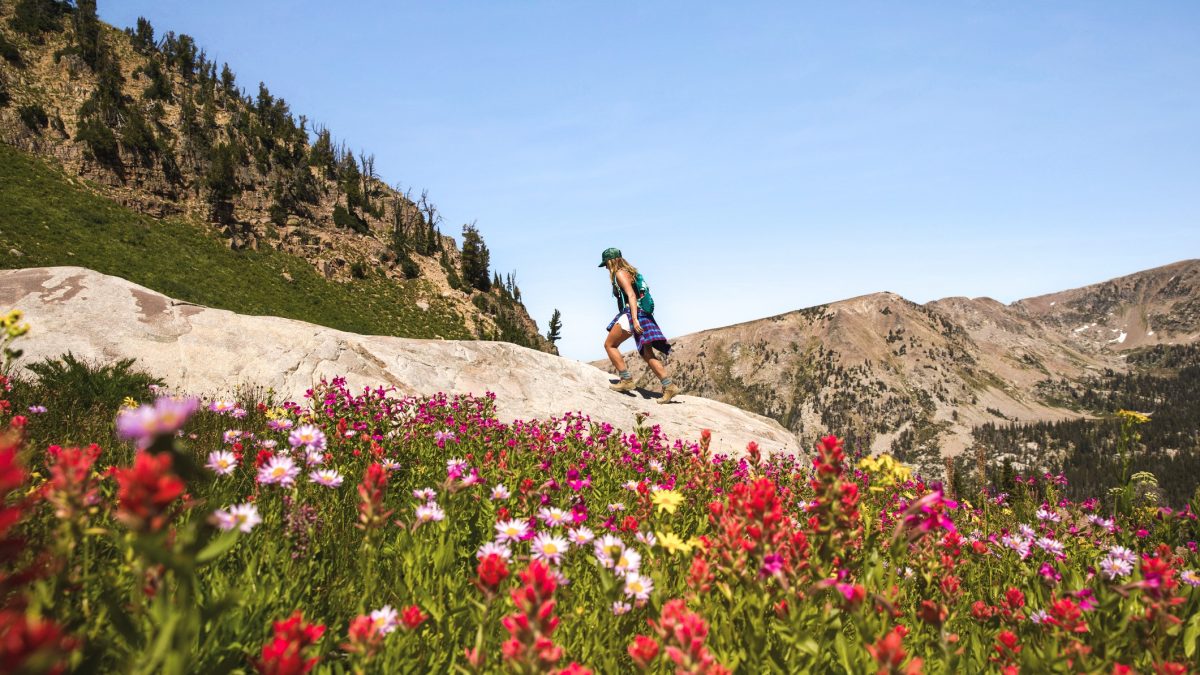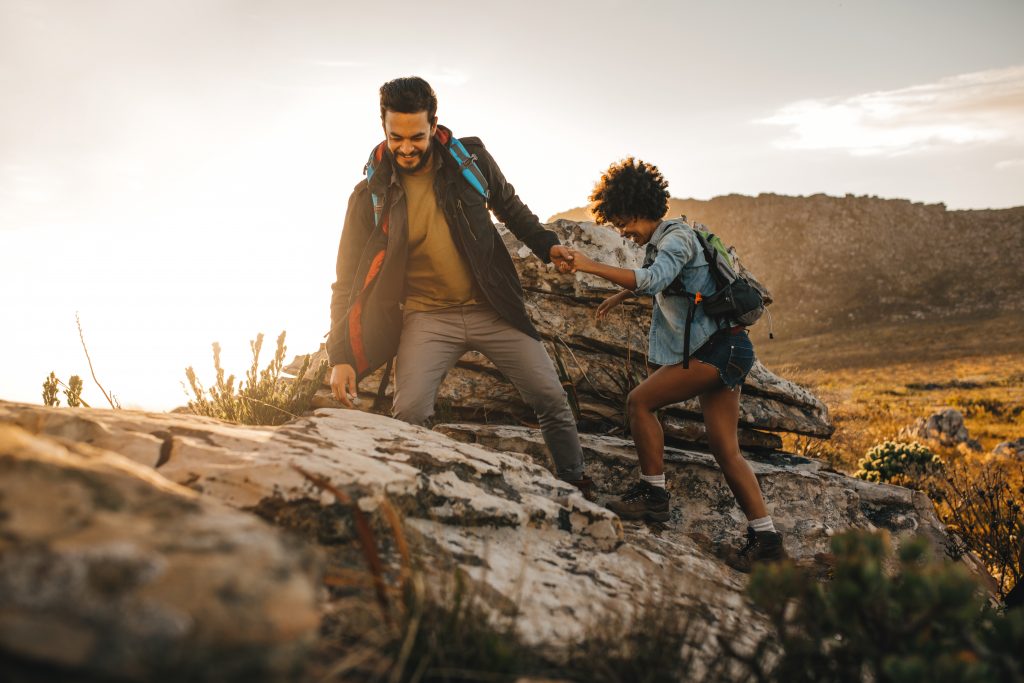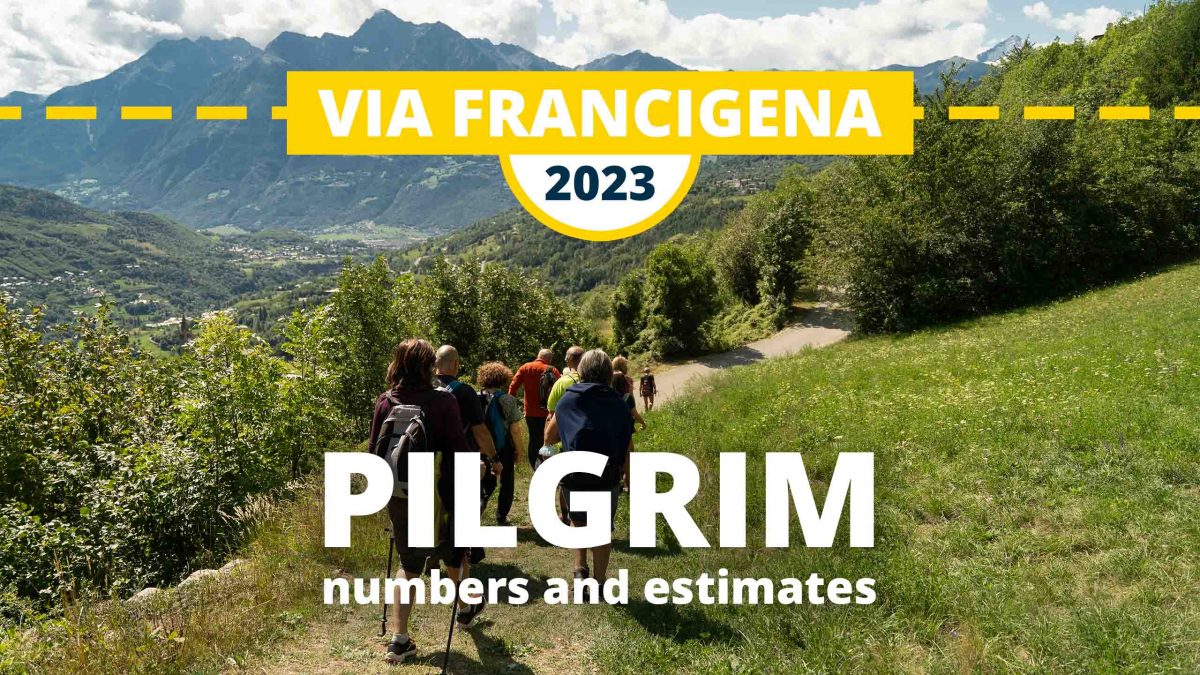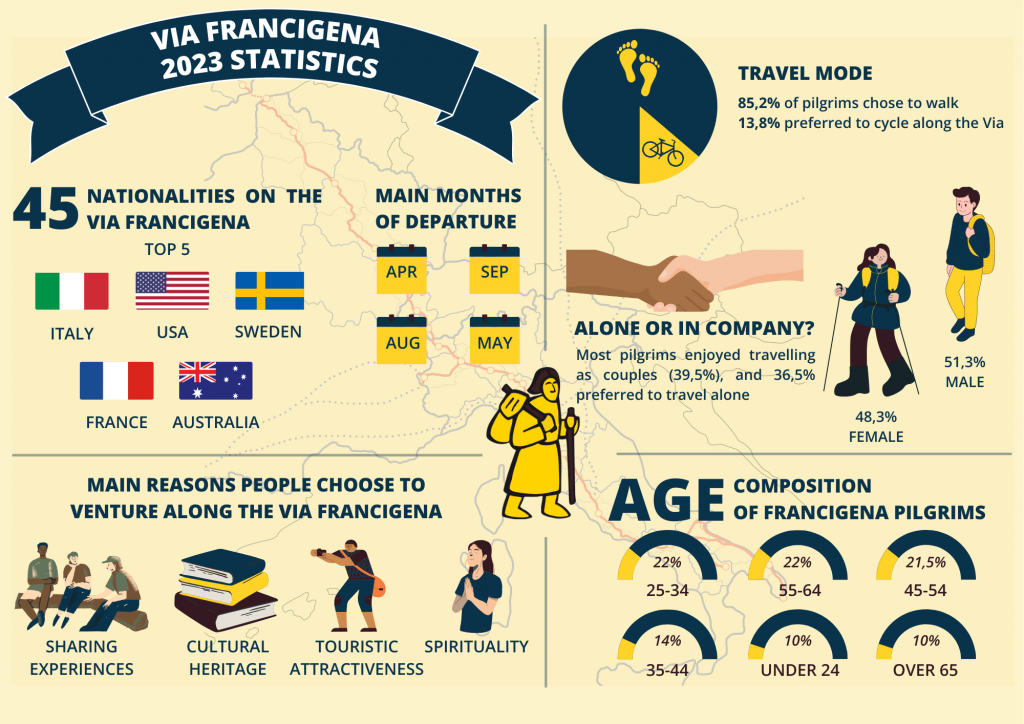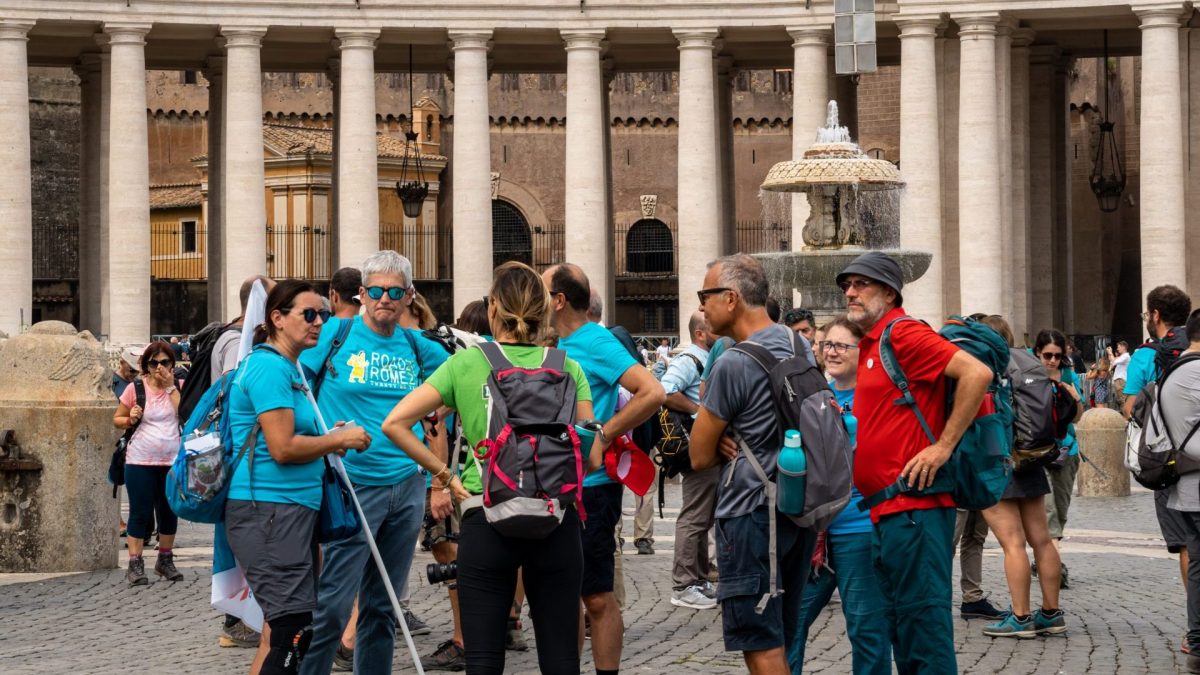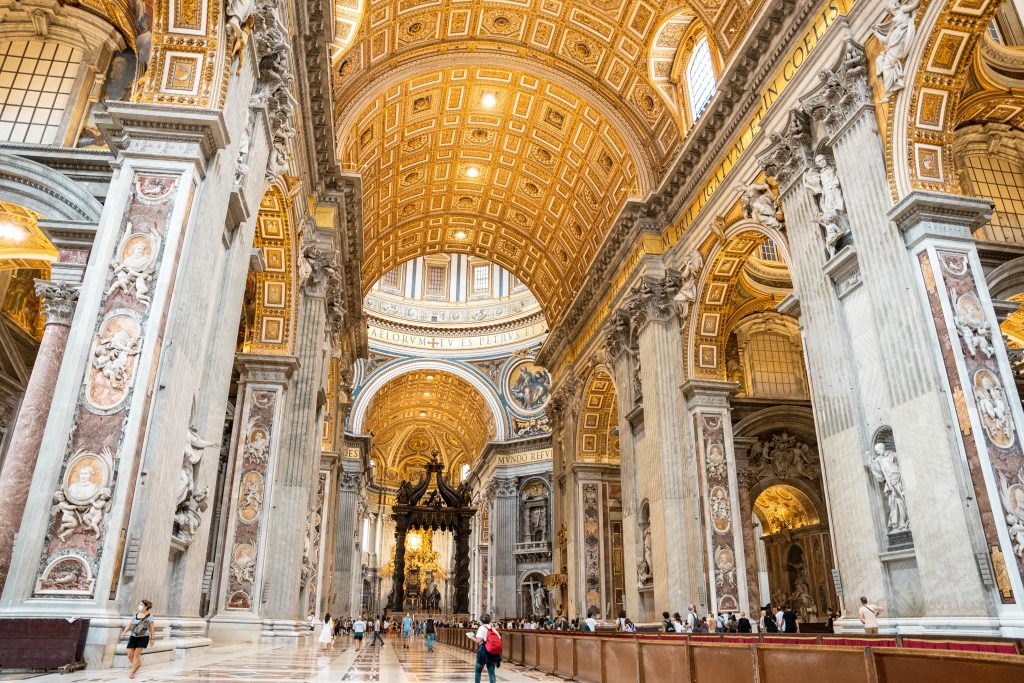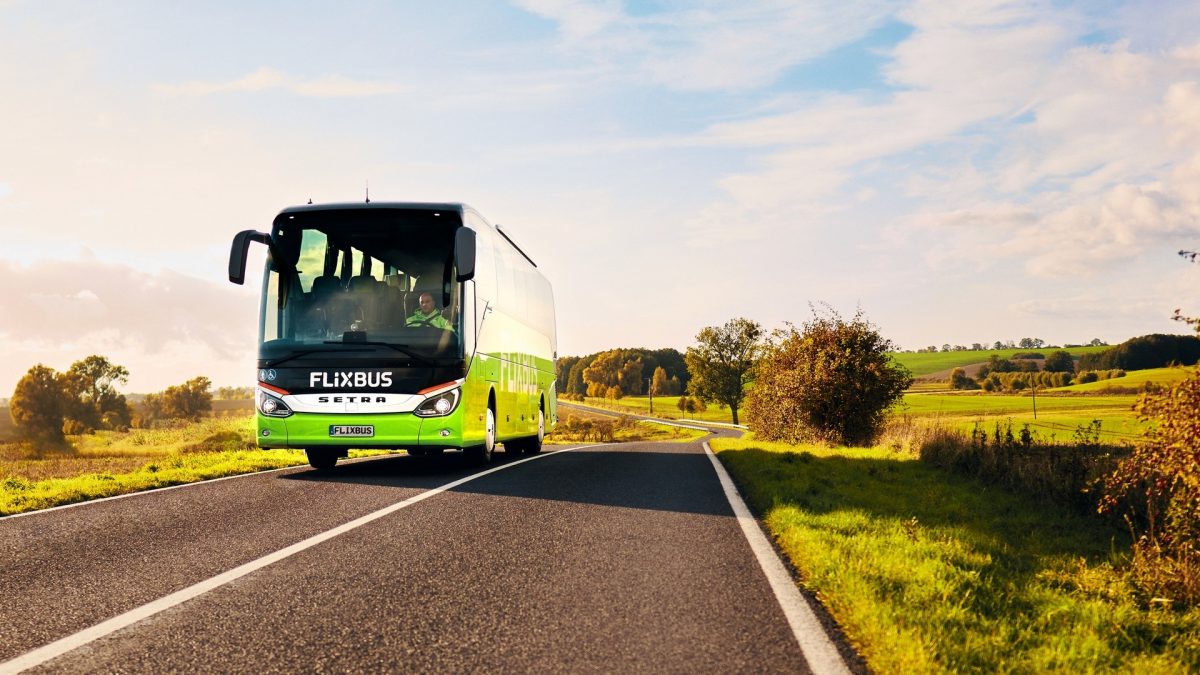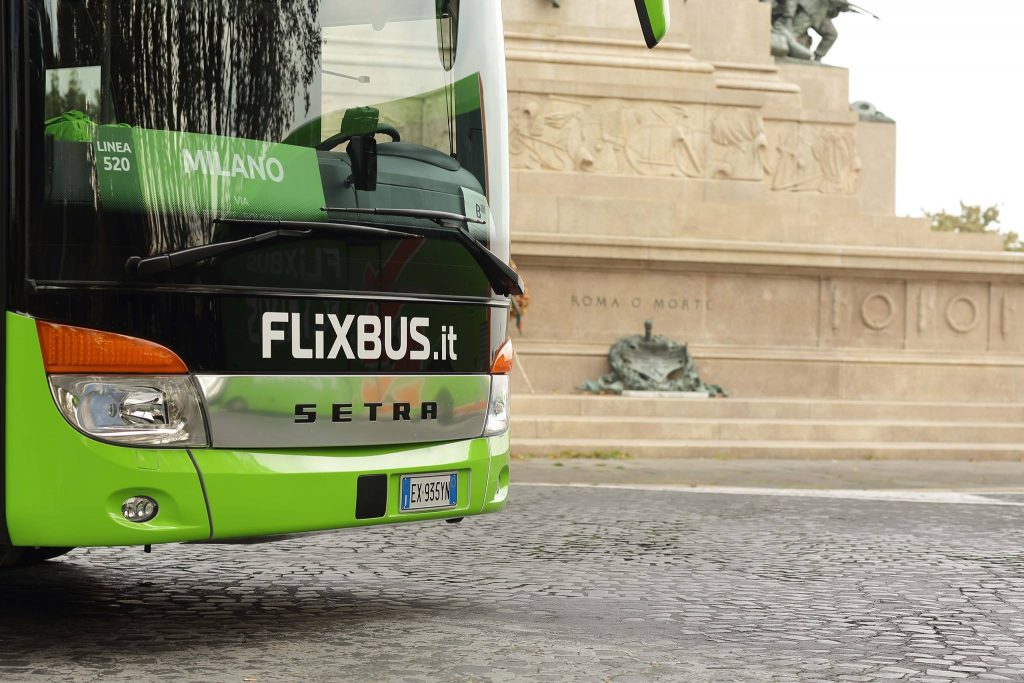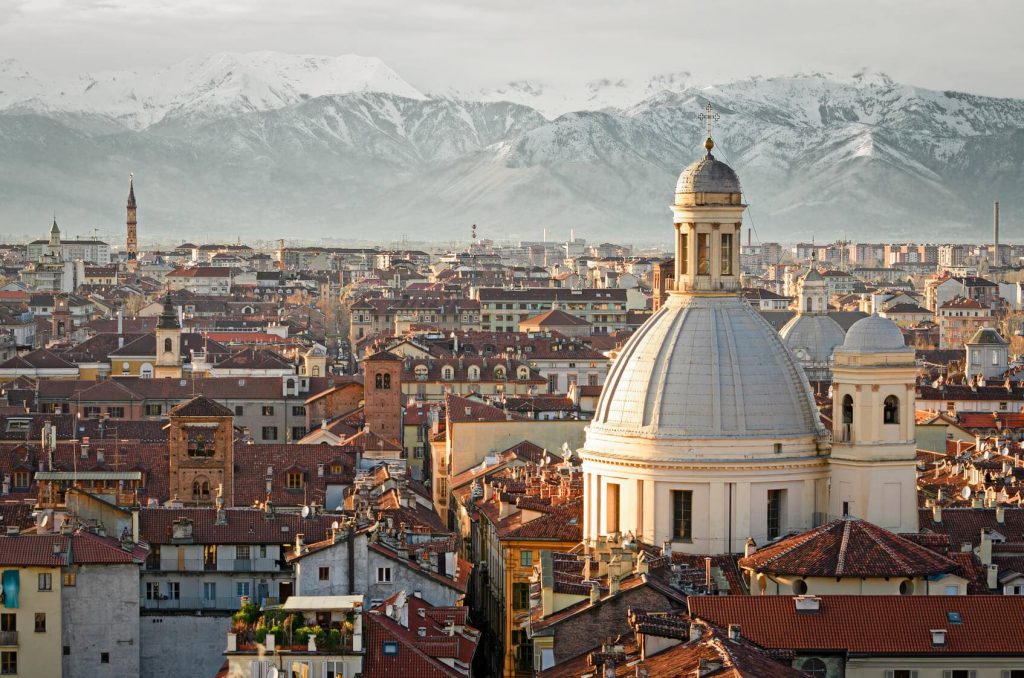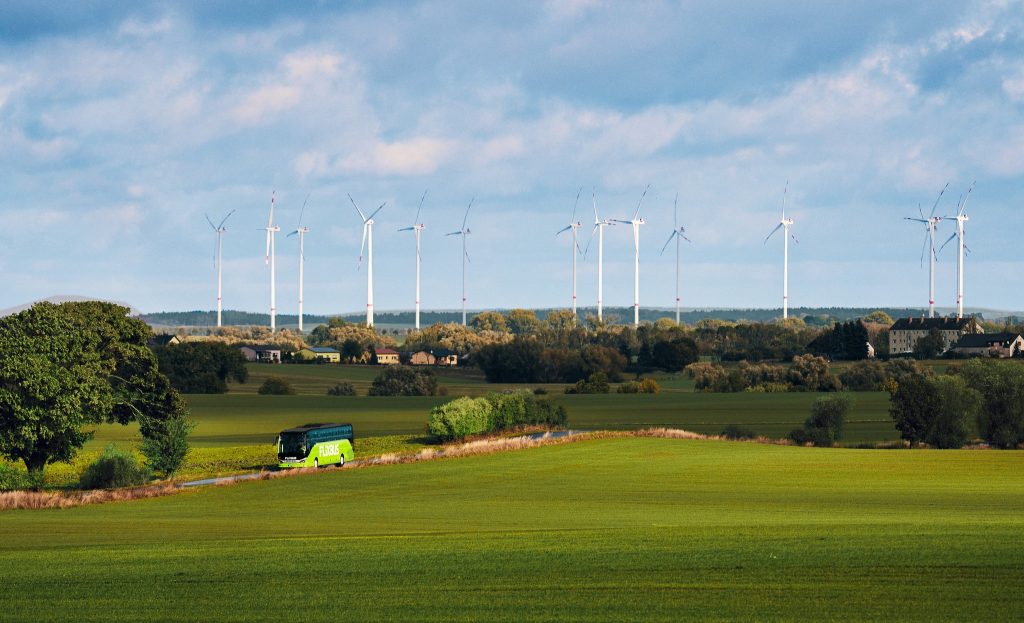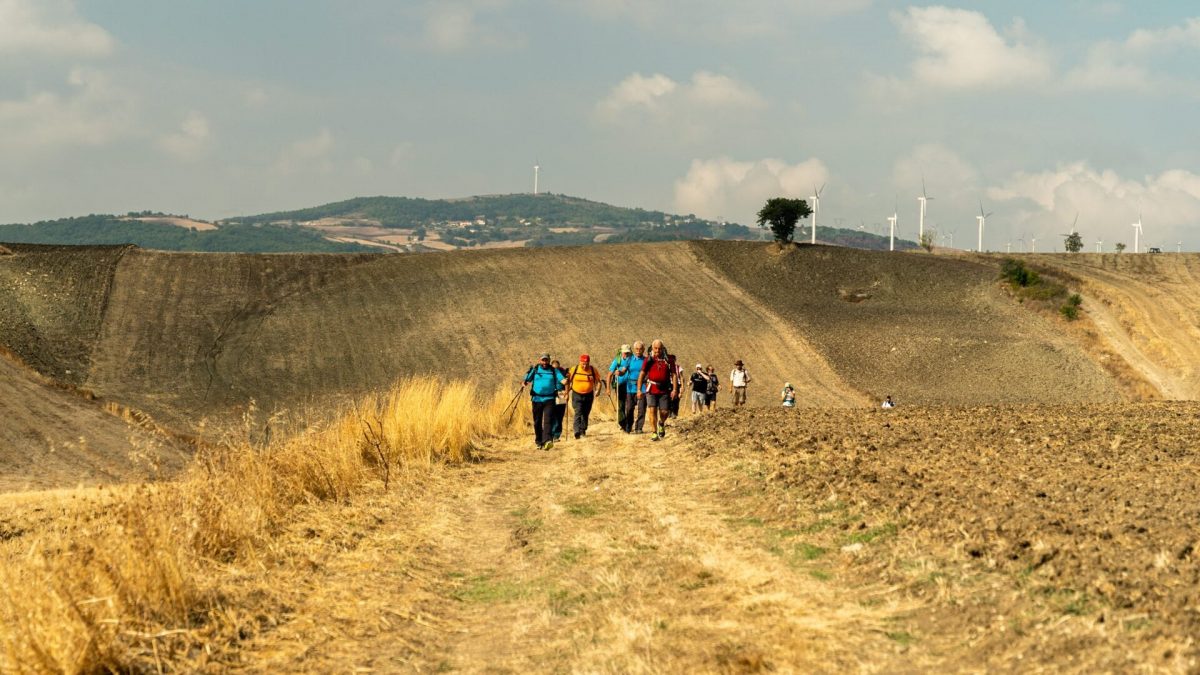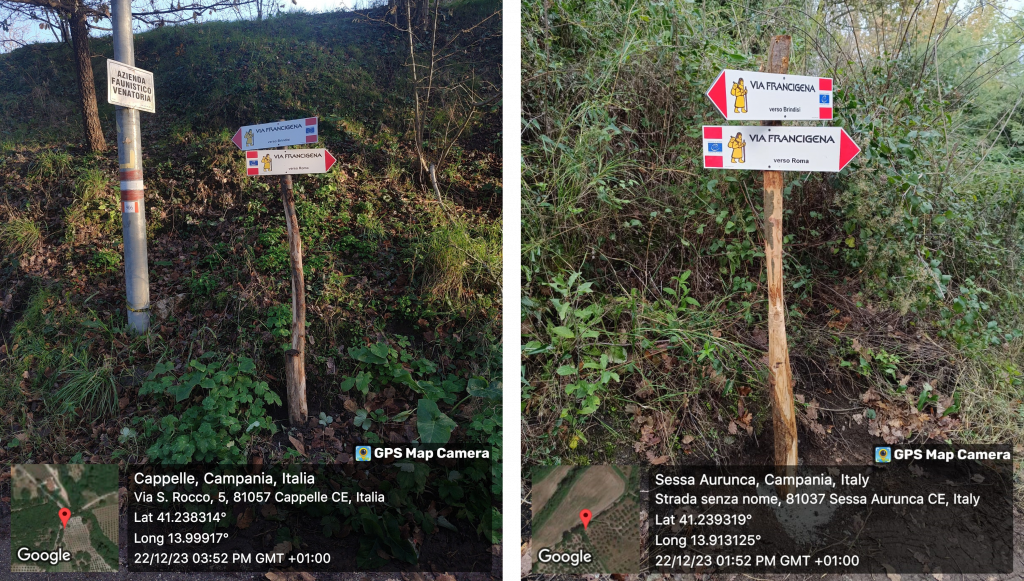The 2024 activities along the Via Francigena have begun and, as every year, we look at the site statistics and the numbers recorded by the European Association of the Via Francigena ways through the distribution of credentials.
The year 2023 confirmed an important international presence along the itinerary, confirming the worldwide dimension of the Via Francigena, which is also increasingly demanded by a younger public and from non-European pilgrims. On this point, the English-language guidebook by the London publishing house Cicerone certainly played an important role. Cicerone Press published the three volumes Canterbury-Lausanne, Lausanne-Lucca, and Lucca-Rome. The presence of pilgrims in the Via Francigena in Southern Italy is also growing.
The number of pilgrims who filled in the questionnaire when receiving the credential was 3,840, about the same number as the previous year. As always, EAVF is speaking of estimates and not official statistics, as other credentials are also distributed, especially in Europe. At the same time, the number of people who travel 8-10 days sections of the route each year using the same credential over several years is increasing.
The number of EAVF credentials distributed was 15,667, and the number of pilgrim passport distribution points was 118, with an increase in France and Switzerland.
TRAVELLERS’ PROFILE
MODE OF TRAVEL
Pilgrims on the Via Francigena are still mostly on foot (86%), with a slight increase compared to the previous year. The remaining 14% travelled by bicycle, although a few individual pilgrims were recorded travelling some parts of the route on horseback.
AGE GROUPS
The age of those who walk the Via Francigena confirms last year’s trend, which had seen an increase in the number of young pilgrims. In 2024, the 25-34 and 55-64 age groups compete for the lead with 22%. Slightly below, with 21.4%, is the 45-54 age group. The 35-44 age group is at 14%, while at 10.6% and 10% respectively are the under-25 and over-65 age groups.
GENDER
The male component is 51% while the female component is 49%, with an increase in the second group compared to the previous year.
NATIONALITY
There is important data in relation to nationality. The year 2023 confirmed the international dimension of the Via Francigena, raising the number of countries represented along the route to 55*. The largest group of walkers remains Italian, with the share dropping by two points to 68% compared to 70% in 2022. It is important to point out the great boom of pilgrims from the United States, in second place as number of presences. Just behind, in order, are Sweden, France, and Australia. The interest for the Via Francigena outside Europe has ranged from South Africa to Colombia, from Singapore to New Zealand.
DEPARTURE PERIOD
One of the biggest deviations from the previous year is the month of departure, with April in first place (22%). Nearly one out of four pilgrims set off at that time. September follows at 16.5%, then August at 14% and May at 13%. June and October are at 9% and 7% respectively.
STARTING AND ARRIVAL POINTS
In terms of place of departure, 2023 records an all-Tuscan podium, with Lucca (13%), San Miniato (11%) and Siena (7%). The city of Lucca was in first place the previous year as well, thus confirming itself as a privileged starting point for those who set out on the Via Francigena with the aim of reaching Siena or Rome. Among the starting points, Bolsena, Gambassi Terme, and Rome ranked first on the list. The Great St. Bernard Pass (Switzerland) and the city of Canterbury (United Kingdom) were also in the top 10, followed by Fidenza (Emilia-Romagna).
As far as pilgrimage destinations are concerned, in first place is Rome, with 44%. The arrival in the Eternal City, at the Tomb of Saints Peter and Paul, represents an important goal for those who set out on their journey. In second place is Siena, at 24%. Important destinations that were also frequently reached were Santa Maria di Leuca, the endpoint of the Via Francigena in Southern Italy, the Great St. Bernard Pass, and Canterbury, for those who walked from south to north.
MOTIVATION TO TRAVEL
Sharing experience (50%) is the most frequently cited motivation: travelling along a pilgrimage route is first and foremost an opportunity to share experiences, a dinner with friends, a chat about the route or quality time in the hostel with wayfarers met along the way. At the top of the list of motivations are also cultural and tourist reasons (at 38% and 35%), as well as spiritual and personal research (35%). These are followed by the interest in environment, sport, and food and wine tourism.
ALONE OR IN COMPANY?
Data shows a contrast with 2022, when 54% of respondents said they preferred travelling with three or more people. Last year, travelling as a couple ranked first (39.5%), followed by travelling alone (36.5%) and finally in a group – at least three people – (24%).
THE TESTIMONIUM IN ROME
An important piece of news concerns the reception of pilgrims in Rome. Last year, the service of the Fabbrica di San Pietro was activated, with a dedicated desk in the Cathedral. The reception desk is open from 07:30 to 18:30 every day. On Wednesdays (if there is the Papal Audience in the Square) from 13:00 to 18:30. In addition, a Pilgrim’s Mass is celebrated every day at 18:00 at the Altar of the Cathedra. A total of 3,319 pilgrims from 55 different countries (33 European and 22 non-European) filled in the optional statistics when receiving the Testimonium. The most popular months were August (563 forms), September (660 forms), and October (537 forms). The international geographical origin is quite in line with the EAVF credential data: in order Italy, Germany, the United States, France, and Australia. The large German presence, which does not appear with high numbers in the EAVF credentials, is justified by the fact that pilgrims usually use the credentials distributed by a national tour operator.
THE ARRIVAL IN BRINDISI
In 2023, the hospitality of the Statio Peregrinorum in Brindisi, Apulia, supported the distribution of the lay testimonium at the Accademia degli Erranti (Ex Convento delle Scuole Pie), a wonderful monumental venue where the A.P.S. Brindisi e le Antiche Strade offers numerous services for pilgrims, wayfarers, and walkers (open Monday-Saturday 10am-12pm and 4pm-8pm). A total of 133 pilgrims were welcomed and 103 testimonium were handed out.
VIA FRANCIGENA: WEBSITE AND APP ACTIVITY
Also the website statistics highlight the growing interest in the itinerary, with around 450,000 unique users recorded and almost 3 million page views at www.viefrancigene.org.
66% visited the site on smartphones, 31% on desktops and 2% on tablets. 62.41% of visitors came from Italy (67.86% in 2022), but the good news is the increase in visitors from France (8.88%), Switzerland (3.72%), the United Kingdom (3.70%) and the United States (3.23%). The total number of international visitors increased by 5% compared to 2022.
On our website, 53% of visitors are men and 47% are women. The age breakdown is as follows: 25-34: 25.6%; 35-44: 25.5%; 45-54: 21.5%; 18-24: 16.6%; 55-64: 16.3%; 65+: 9.7%.
The most visited page was the ‘Itinerary’ page with 152,179 views.
The most visited stage was ‘San Gimignano-Monteriggioni’, with 16,726 views.
*data extrapolated from the distribution of the EAVF credentials and the handing out of testimonium in Rome.
WHAT DID PREVIOUS YEARS LOOK LIKE? 👉 Have a look at the data on the ‘Statistics’ page



